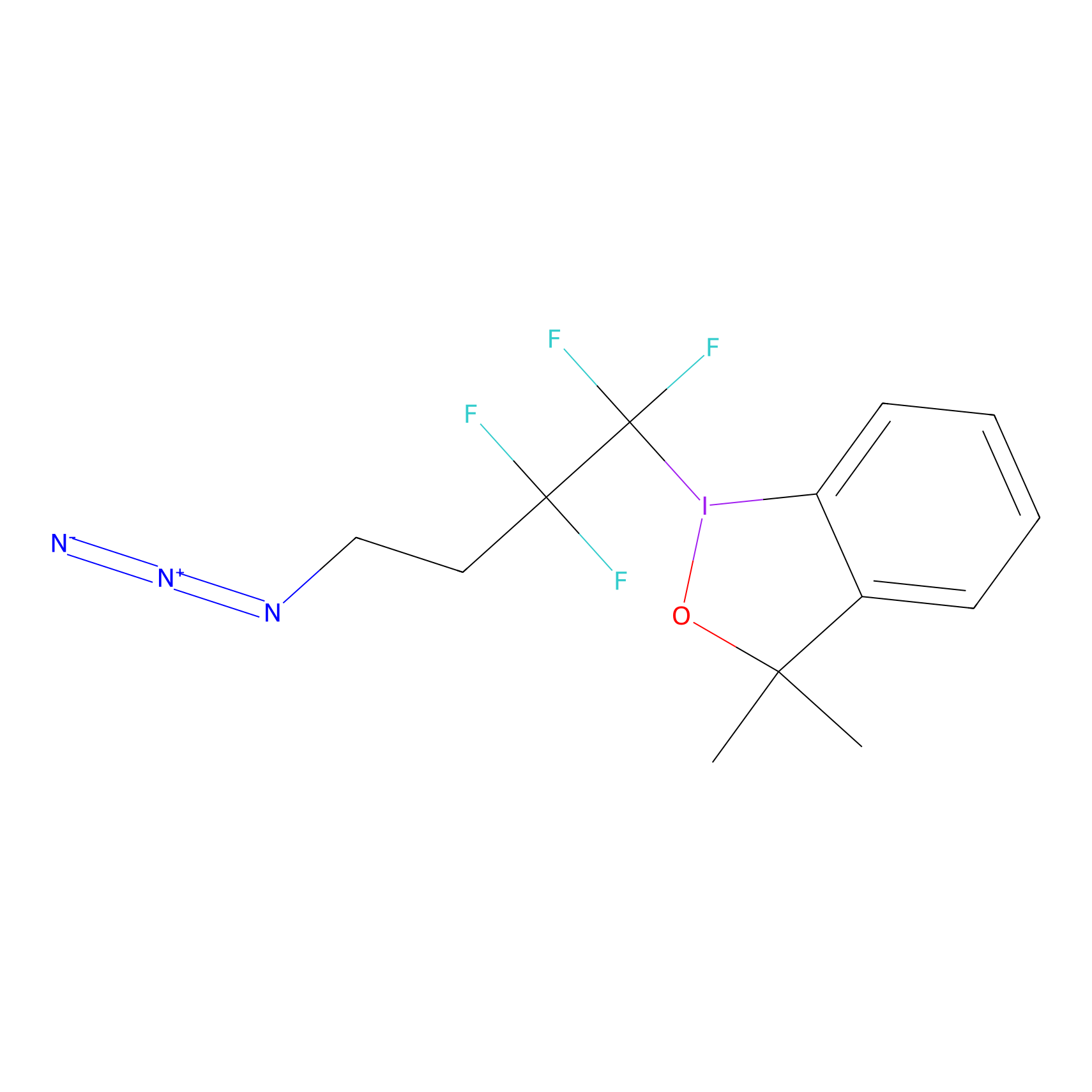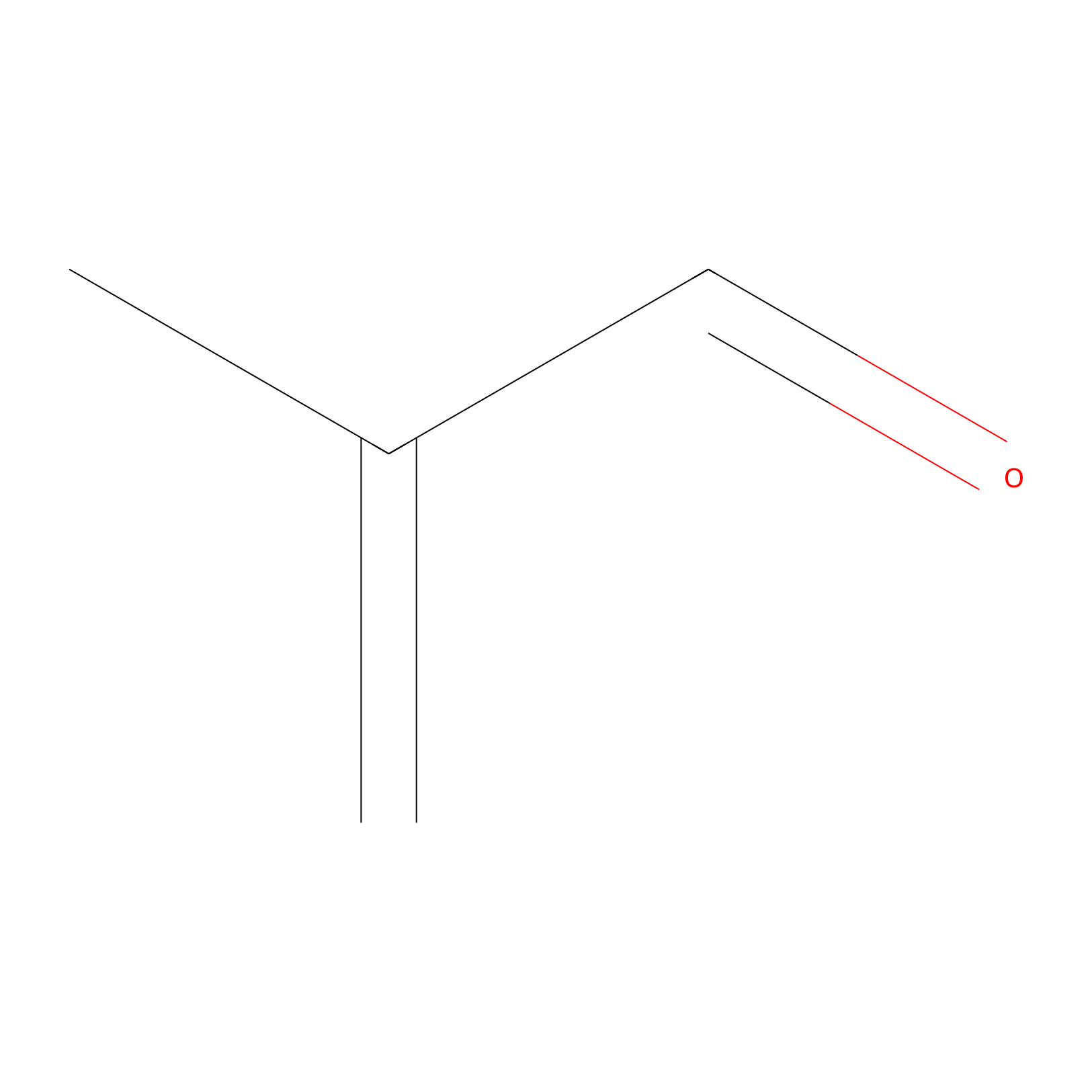Details of the Target
General Information of Target
| Target ID | LDTP09855 | |||||
|---|---|---|---|---|---|---|
| Target Name | Serine protease HTRA1 (HTRA1) | |||||
| Gene Name | HTRA1 | |||||
| Gene ID | 5654 | |||||
| Synonyms |
HTRA; PRSS11; Serine protease HTRA1; EC 3.4.21.-; High-temperature requirement A serine peptidase 1; L56; Serine protease 11 |
|||||
| 3D Structure | ||||||
| Sequence |
MNSDQDVALKLAQERAEIVAKYDRGREGAEIEPWEDADYLVYKVTDRFGFLHEEELPDHN
VAVERQKHLEIERTTKWLKMLKGWEKYKNTEKFHRRIYKGIPLQLRGEVWALLLEIPKMK EETRDLYSKLKHRARGCSPDIRQIDLDVNRTFRDHIMFRDRYGVKQQSLFHVLAAYSIYN TEVGYCQGMSQITALLLMYMNEEDAFWALVKLFSGPKHAMHGFFVQGFPKLLRFQEHHEK ILNKFLSKLKQHLDSQEIYTSFYTMKWFFQCFLDRTPFTLNLRIWDIYIFEGERVLTAMS YTILKLHKKHLMKLSMEELVEFFQETLAKDFFFEDDFVIEQLQISMTELKRAKLDLPEPG KEDEYPKKPLGQLPPELQSWGVHHLSNGQRSVGRPSPLASGRRESGAPHRRHEHSPHPQS RTGTPERAQPPRRKSVEEESKKLKDEADFQRKLPSGPQDSSRQYNHAAANQNSNATSNIR KEFVPKWNKPSDVSATERTAKYTMEGKGRAAHPALAVTVPGPAEVRVSNVRPKMKALDAE DGKRGSTASQYDNVPGPELDSGASVEEALERAYSQSPRHALYPPSPRKHAEPSSSPSKVS NKFTFKVQPPSHARYPSQLDGEARGLAHPPSYSNPPVYHGNSPKHFPTANSSFASPQFSP GTQLNPSRRPHGSTLSVSASPEKSYSRPSPLVLPSSRIEVLPVDTGAGGYSGNSGSPKNG KLIIPPVDYLPDNRTWSEVSYTYRPETQGQSWTRDASRGNLPKYSAFQLAPFQDHGLPAV SVDSPVRYKASPAAEDASPSGYPYSGPPPPAYHYRNRDGLSIQESVLL |
|||||
| Target Type |
Literature-reported
|
|||||
| Target Bioclass |
Enzyme
|
|||||
| Family |
Peptidase S1C family
|
|||||
| Subcellular location |
Cell membrane
|
|||||
| Function |
Serine protease with a variety of targets, including extracellular matrix proteins such as fibronectin. HTRA1-generated fibronectin fragments further induce synovial cells to up-regulate MMP1 and MMP3 production. May also degrade proteoglycans, such as aggrecan, decorin and fibromodulin. Through cleavage of proteoglycans, may release soluble FGF-glycosaminoglycan complexes that promote the range and intensity of FGF signals in the extracellular space. Regulates the availability of insulin-like growth factors (IGFs) by cleaving IGF-binding proteins. Inhibits signaling mediated by TGF-beta family members. This activity requires the integrity of the catalytic site, although it is unclear whether TGF-beta proteins are themselves degraded. By acting on TGF-beta signaling, may regulate many physiological processes, including retinal angiogenesis and neuronal survival and maturation during development. Intracellularly, degrades TSC2, leading to the activation of TSC2 downstream targets.
|
|||||
| TTD ID | ||||||
| Uniprot ID | ||||||
| DrugMap ID | ||||||
| Ensemble ID | ||||||
| HGNC ID | ||||||
| ChEMBL ID | ||||||
Probe(s) Labeling This Target
ABPP Probe
| Probe name | Structure | Binding Site(Ratio) | Interaction ID | Ref | |
|---|---|---|---|---|---|
|
DBIA Probe Info |
 |
C155(1.13) | LDD0078 | [1] | |
|
IA-alkyne Probe Info |
 |
N.A. | LDD0162 | [2] | |
|
TFBX Probe Info |
 |
C37(0.00); C41(0.00); C155(0.00) | LDD0027 | [3] | |
|
Acrolein Probe Info |
 |
N.A. | LDD0217 | [4] | |
|
Methacrolein Probe Info |
 |
N.A. | LDD0218 | [4] | |
Competitor(s) Related to This Target
| Competitor ID | Name | Cell line | Binding Site(Ratio) | Interaction ID | Ref |
|---|---|---|---|---|---|
| LDCM0020 | ARS-1620 | HCC44 | C155(1.13) | LDD0078 | [1] |
| LDCM0108 | Chloroacetamide | HeLa | N.A. | LDD0222 | [4] |
| LDCM0022 | KB02 | A2058 | C37(1.81) | LDD2253 | [5] |
| LDCM0023 | KB03 | A2058 | C37(2.33) | LDD2670 | [5] |
| LDCM0024 | KB05 | UACC257 | C37(1.55) | LDD3325 | [5] |
| LDCM0109 | NEM | HeLa | N.A. | LDD0227 | [4] |
The Interaction Atlas With This Target
References
